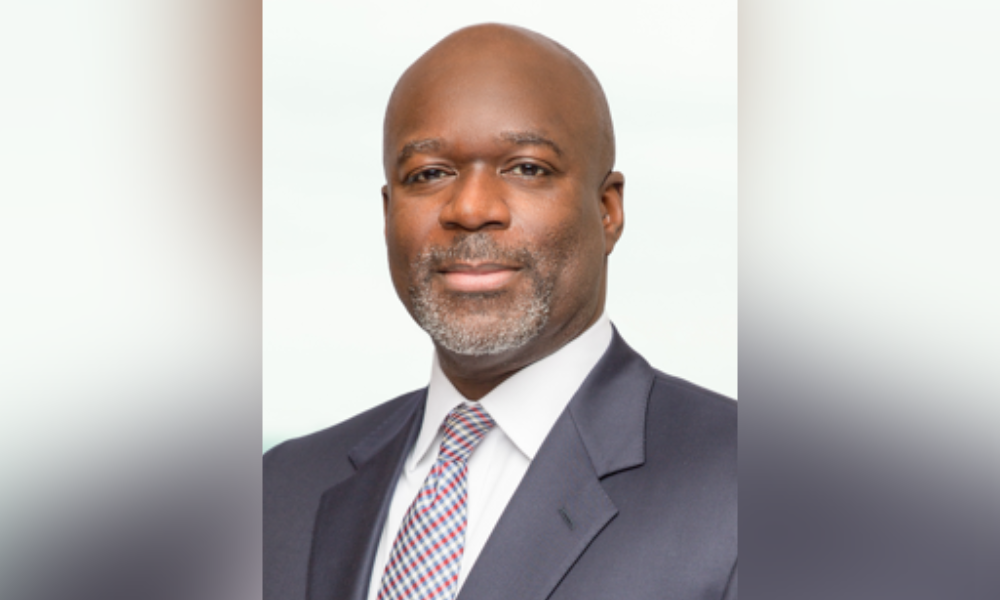Experts at recent WP AdvisorConnect roundtable highlight trends, tailwinds and downside risks

While the past year’s struggles in the public markets have made an emphatic case for an allocation to alternative investments, it’s still crucial for investors to go in with eyes wide open.
That was among the many takeaways for attendees at the recently concluded WP Advisor Connect. Hosted by Wealth Professional, it featured views from a panel of experts from Harbourfront Wealth Management, CI Global Asset Management, Starlight Capital, and Next Edge Capital.
“There's more volatility than ever before. Seemingly allocators and portfolio managers are tested every two years if we look back through recent history,” said Travis Forman, senior vice president at Harbourfront Wealth Management. “It's more critical than ever for a portfolio manager or allocator to manage the downside risks, as well as capturing on the up.”
With low interest rates gone and probably not coming back soon, experts at the roundtable agreed investors should expect wider performance dispersion between asset classes, and even within sectors. The upshot is an increased field of opportunity for active managers, including strategies that might not have been so lucrative in recent years.
“The free-money environment has ended … I think it's going to lead to, potentially at least, a five-year period whereby stock pickers or active managers are going to outperform passive ETF-type managers,” said Robert Anton, president and founding partner at Next Edge Capital. “You're going to see more dispersion that's going to help a lot of active hedge fund managers and strategies.”
While private assets have been catching eyes and turning heads for diversification seekers, Anton also underscored the benefits of other asset classes like real estate and commodities.
“We're very bullish on commodities in general, not just from a long standpoint, but from an opportunistic standpoint,” he said. “We just think that the whole space is rocked with inefficiencies on a supply-demand [basis] and can create a lot of opportunities.”
Apart from the near-decade in underinvestment, he cited regulatory constraints, increasing costs and timelines for mine development, and rising demand for clean energy, as well as other demand items like infrastructure buildouts and China’s reopening.
Aside from the well-established case for residential investment, Dennis Mitchell, CEO and CIO at Starlight Capital, cited industrial real estate as another boom story sparked by robust structural demand colliding with relatively little supply.
“On the infrastructure side of things, renewable energy is a very, very hot topic, along with the energy transition,” Mitchell said. “On the private equity side of things, what you're seeing is real growth in the secondaries market compared to primary or traditional private equity.”
Marc-André Lewis, executive vice-president and head investment management at CI Global Asset Management, said private credit has gotten more appealing, but cautioned that the prospects of a global slowdown could change that. At the other end of the spectrum, he expects the natural credit cycle will cause some areas to go south, which in turn will raise more interesting distressed lending opportunities.
The recent rise of interest rates from their decade lows, he added, have crimped the usefulness of leverage as a tool for private equity managers to generate value.
“It doesn’t have necessarily the old magic it used to have,” Lewis said. “If you oversimplify, private equity is financial engineering, but it’s also about operational improvements. And the latter, I think, is going to have a bigger role to play in the way we think about private equity.”
With recent high-profile explosions in alternative investment firms like Bridging Finance and FTX, due diligence also emerged as a concern at the forum.
Mitchell related his experience of being confronted by an advisor client who started questioning the value of due diligence. In response, he said he explained Starlight Capital’s intensive due diligence process that includes screening for institutional-level names with a 10-year track record and a billion dollars in assets, background checks for financial impropriety and politically exposed persons, and a review of prospects’ cash management and valuation processes.
“When you've gone through that crucible, out of the back end only drops really attractive institutional quality investments that offer sufficient return for the risk we’re exposed to,” Mitchell said.
To give investors and allocators more comfort, Anton said Next Edge has increased the level of transparency it provides for a private-lending mandate that it has been running for almost nine years. He said the data they provide, which is subject to a non-disclosure agreement, contains “more information … than most people probably have time to view.
“People really want to get an understanding of when a strategy is going to work, [and] when it's not going to work,” Anton said. “Nothing's foolproof. Everything comes with its set of risk factors, and frameworks where it's not going to perform that well.”
From an asset allocator’s perspective, Forman said Harbourfront also does extensive multi-step vetting for all the sub-advisors it onboards across its private equity, private debt, and real estate strategies. Beyond that, he highlighted the crucial and demanding function of ongoing due diligence for its current sub-advisors, which involves a quarterly “data dump” of quantitative and qualitative information.
“We actually have designed an early warning system that can trigger and say ‘you should call the investment manager and see what's going on,’” he says. “Finding the right investment manager is good, but I think that ongoing due diligence is actually critical.”



